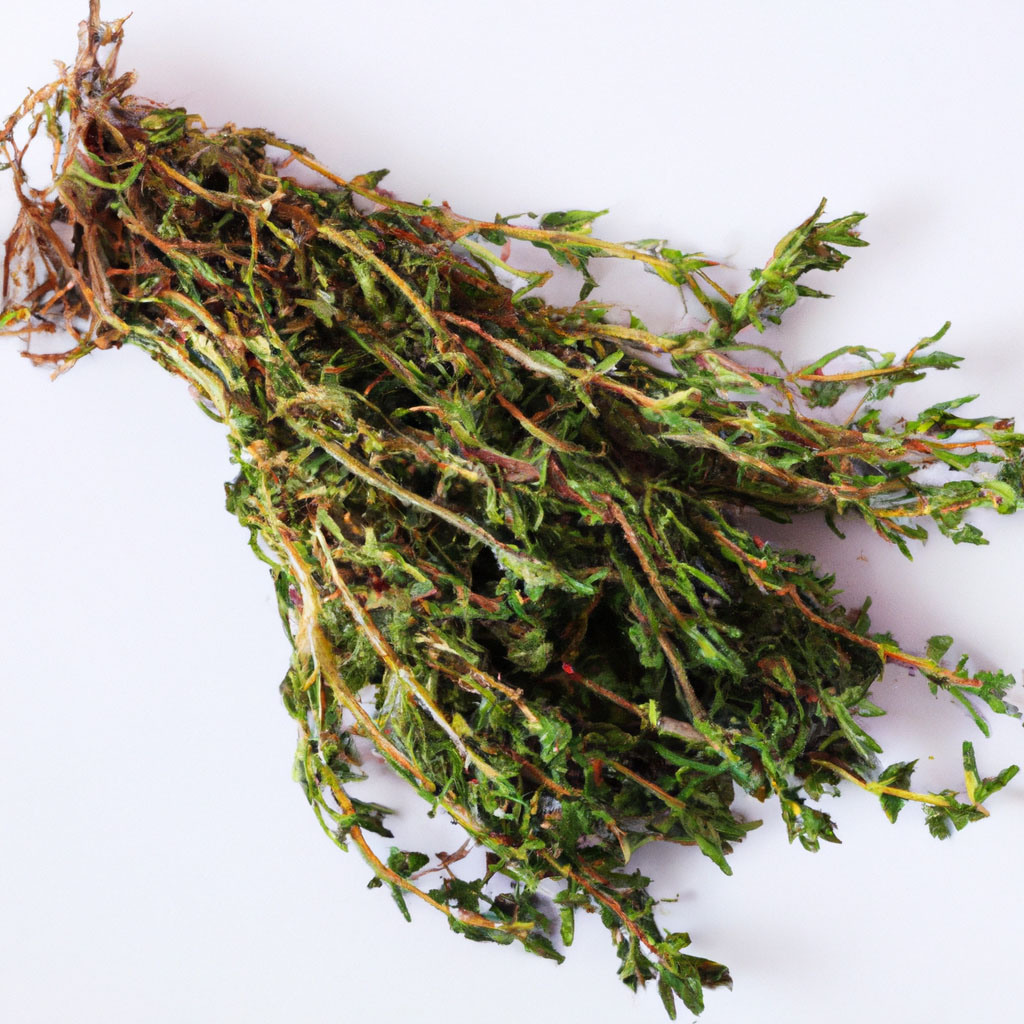Botanical Name: Thymus vulgaris
Thyme is a small yet powerful herb that has been cherished for centuries for its culinary and medicinal uses. Native to the Mediterranean, thyme is a member of the mint family, with tiny, fragrant leaves that pack a robust flavor. It has a distinct, earthy taste with notes of lemon, mint, and pine, making it an essential ingredient in various global cuisines. Thyme is available in both fresh and dried forms, and its versatility makes it a staple in many kitchens worldwide.
In the culinary world, thyme is celebrated for its ability to elevate the flavors of a wide range of dishes. Its subtle, savory flavor profile is particularly well-suited to savory foods, making it a common addition to meat, poultry, fish, and vegetable dishes. Fresh thyme leaves can be added during cooking or as a garnish, while dried thyme is often used in marinades, rubs, and stews, releasing its flavors slowly as it cooks. The herb is a key component of classic herb blends like Herbes de Provence and Bouquet Garni, which are central to French cooking, where thyme’s delicate flavor harmonizes with other herbs like rosemary, sage, and bay leaves.
Thyme is particularly popular in Mediterranean and Middle Eastern cuisines. In Mediterranean dishes, it’s often used to flavor roasted lamb, chicken, and fish, where its savory, slightly minty notes enhance the natural flavors of the meat. It is also a common ingredient in soups, sauces, and braised dishes, lending its herbaceous warmth to slow-cooked meals. In Middle Eastern cuisine, thyme is a crucial component of za’atar, a spice blend mixed with sesame seeds, sumac, and olive oil, used to season bread, meats, and vegetables.
One of thyme’s most appealing qualities is its resilience during cooking. Unlike more delicate herbs like basil or parsley, thyme retains its flavor even when exposed to prolonged heat, making it ideal for slow-roasted and braised dishes. It’s often used to season roasts, root vegetables, and even seafood, where its aroma permeates the food as it cooks, infusing the dish with a subtle, herbaceous flavor.

